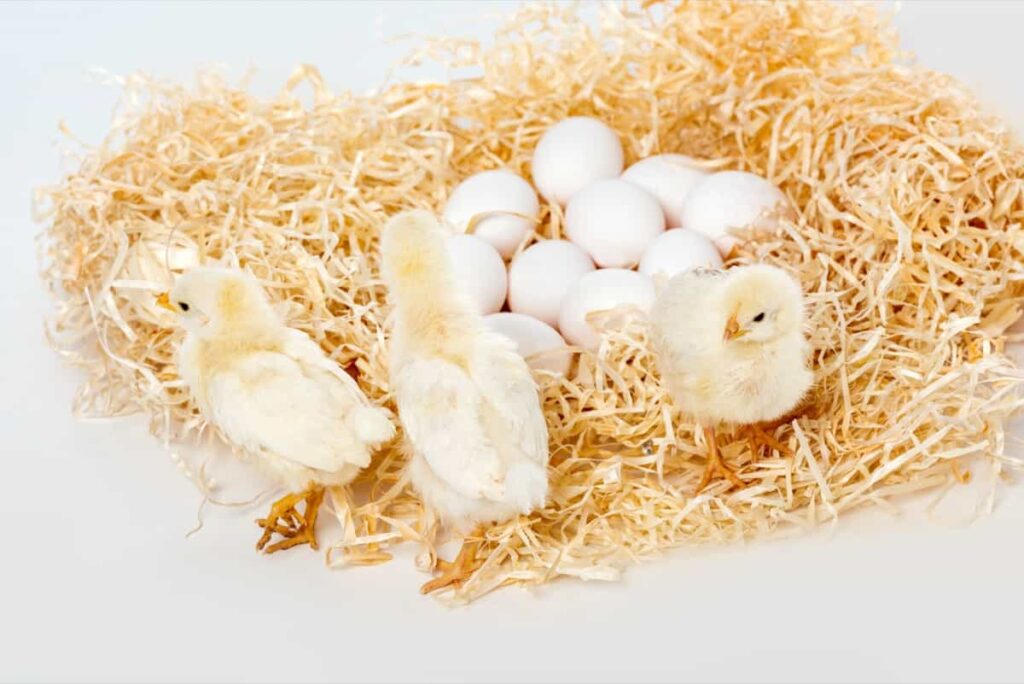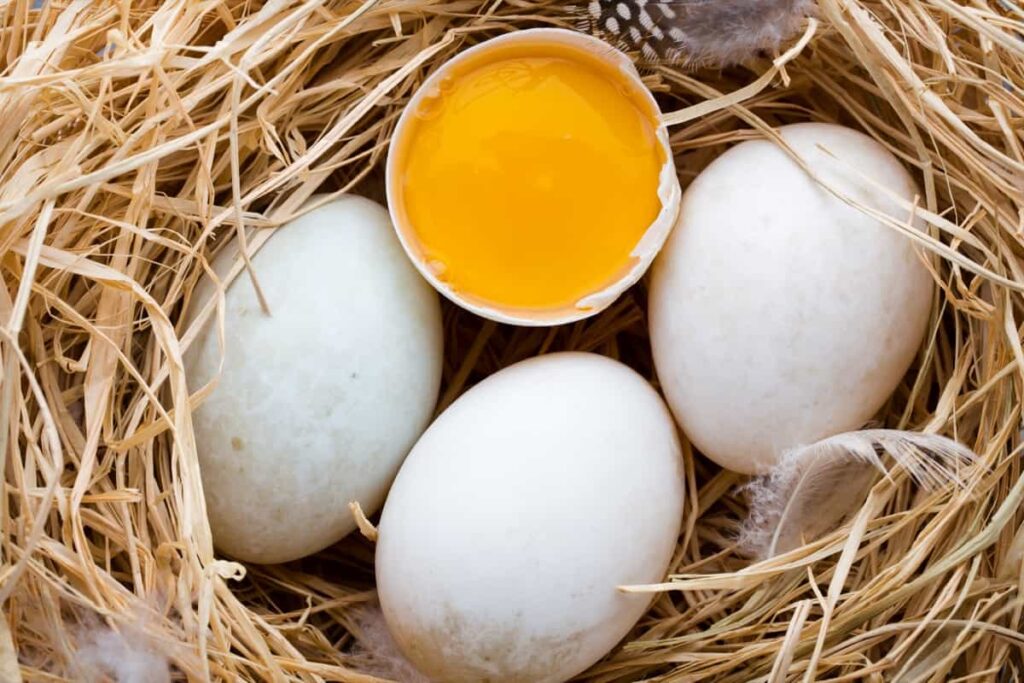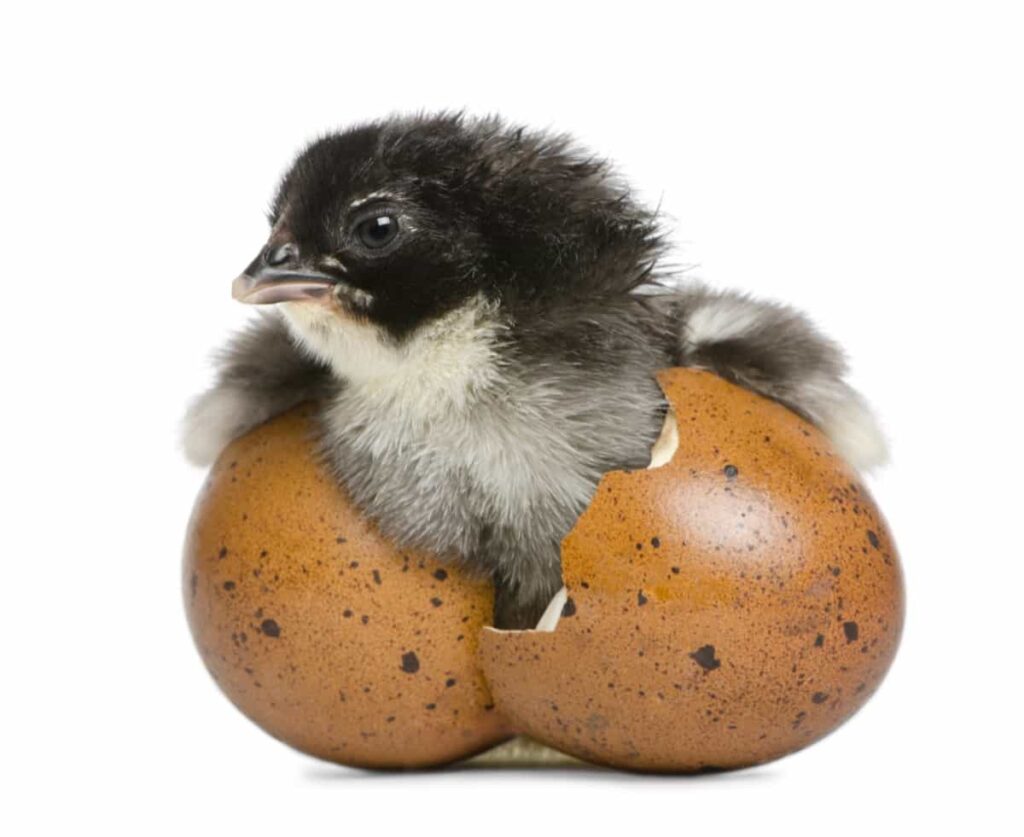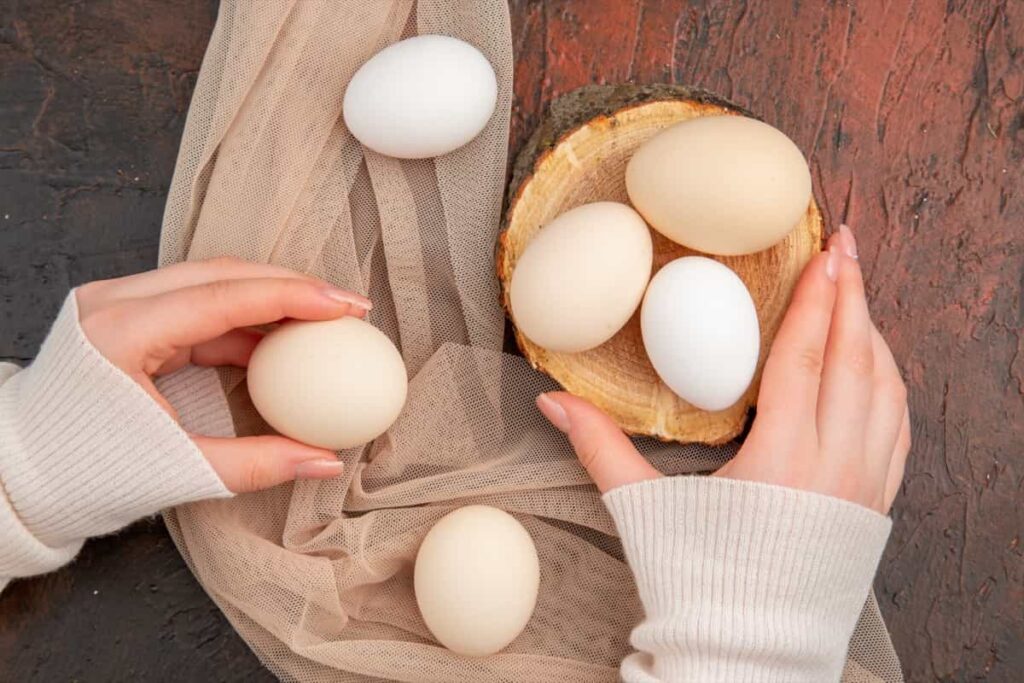Egg candling is a traditional practice in poultry farming that involves shining a light through eggs to assess their quality and development. This non-invasive method helps farmers identify fertilized eggs, track embryo growth, and spot defects. Benefits of candling eggs include efficient culling and increased hatchery success. However, the cons include potential stress to embryos and limited accuracy in detecting early defects. Understanding candling eggs in poultry farming is crucial for optimal poultry management and successful hatching.
How to Candle Eggs
Understanding Egg Candling
This method involves passing a light source through the egg to illuminate its contents. Farmers perform candling during incubation to identify fertilized eggs, monitor embryo growth, and detect any abnormalities. The process helps in efficient culling by removing non-viable eggs, optimizing hatchery success rates, and managing resources effectively.

Pros of egg candling include improved hatchery efficiency, reduced waste, and the ability to address potential issues early in the incubation process. However, there are cons to consider, such as potential stress to developing embryos during handling and limitations in detecting certain defects at early stages.
Pros of Egg Candling: Benefits Of Candling Eggs
- Egg candling allows farmers to assess the quality of eggs, identify fertile ones, and ensure that only viable eggs are incubated.
- Candling helps detect defects such as hairline cracks, blood spots, and abnormalities early in the incubation process.
- By removing non-viable eggs promptly, candling improves hatchery efficiency and resource management.
- Farmers can track the development of embryos, ensuring optimal conditions for hatching success.
- Identifying and removing poor-quality eggs reduces waste and maximizes the chances of a successful hatch.
Cons of Egg Candling: Candling Eggs For Potential Problems
- Handling eggs during candling may cause stress to developing embryos, potentially affecting their viability.
- Some defects may be challenging to detect early on, leading to the inadvertent incubation of eggs with hidden issues.
- Candling large quantities of eggs can be time-consuming, especially in larger poultry operations.
- Successful egg candling requires skill and experience, and inaccuracies may occur without proper training.
- Regular candling can disrupt the stable environment within an incubator, affecting overall hatchery conditions.
Step-by-step Guide to Egg Candling: Egg Candling Procedure
- Obtain a bright candling light or a flashlight with a strong, focused beam for egg candling equipment. Ensure a dark and quiet environment for effective candling.
- Begin candling around day 7 to 10 of incubation when embryo development is noticeable.
- Handle eggs gently to avoid any damage. Ensure the room is at a comfortable temperature to prevent chilling the eggs.
In case you missed it: Dong Tao Chicken Breed: Origin, History, Appearance, Size, Characteristics, Eggs, Price, and Lifespan

- Place the eggs in a darkened room or use a candling box to block external light. Hold the light source against or beneath the egg.
- Rotate the egg slowly to examine it from all angles. Look for the air cell, a clear sign of fertility. Observe blood vessels and the developing embryo, which appear as dark shadows.
- Identify blood spots, hairline cracks, or irregularities in the egg’s contents. Note any signs of underdevelopment or abnormal shapes.
- Separate viable eggs from non-viable ones. Remove defective or infertile eggs to optimize hatchery efficiency.
- As a final step in the egg candling procedure, keep a record of candling observations, helping to track the progress of individual eggs.
- Depending on the incubation period, repeat candling at intervals to monitor ongoing development.
Importance of Egg Candling in Incubation
Candling eggs in poultry farming is a critical practice in incubation, playing a pivotal role in ensuring successful hatching and overall poultry health. Through these Egg candling techniques, farmers can identify fertilized eggs, monitor embryo development, and detect potential defects early on. By removing non-viable or defective eggs, candling enhances hatchery efficiency, reducing the risk of contaminating the incubator and optimizing resource utilization.
Also, candling allows farmers to make informed decisions throughout the incubation period, contributing to higher hatch rates and healthier flocks. Regular candling is a proactive measure that aids in maintaining optimal conditions within the incubator, ensuring a conducive environment for embryonic growth and successful hatching.
Different Types of Candling Devices
- Traditional Candling Light: Simple handheld devices with a focused light source for individual egg examination.
- LED Candlers: Compact, energy-efficient devices with bright LED lights, offering improved visibility.
- Candling Boxes: Enclosed boxes create a dark environment for enhanced candling precision.
- Automatic Candlers: Mechanized devices capable of handling multiple eggs simultaneously, streamlining the process in larger operations.
- Digital Candling Systems: Advanced systems with digital imaging for detailed analysis, providing farmers with precise data on embryo development.
Choosing the appropriate candling device depends on the scale of the operation, budget considerations, and the desired level of sophistication in monitoring and managing the incubation process.
Safety Measures for Egg Candling
- Ensure hands, tools, and Egg candling equipment are clean to prevent contamination.
- Handle eggs delicately to avoid cracks or damage, minimizing the risk of bacterial entry.
- Use appropriate candling devices with controlled light intensity to prevent discomfort to embryos.
- Maintain a stable room temperature to prevent chilling or overheating of eggs during candling.
- Choose a quiet and low-stress environment to minimize disturbances during the candling process.
- Maintain a comfortable posture while candling to prevent fatigue and ensure accuracy.
In case you missed it: Pomeranian Duck Profile: Origin, Characteristics, Size, Eggs, Lifespan, Uses, and Price

Evaluating Fertility Through Egg Candling
Egg candling is a vital method for assessing fertility in poultry farming. During the candling eggs for fertility, the appearance of a clear and well-defined air cell indicates a fertile egg. As candling progresses, visible blood vessels and embryo development further confirm fertility. Infertile eggs lack these signs.
Early fertility evaluation allows farmers to separate viable eggs for incubation, optimizing resources and increasing the likelihood of a successful hatch. Regular candling eggs for fertility throughout incubation provides continuous insights into fertility, helping farmers make informed decisions for efficient hatchery management and the production of healthy poultry.
Using Egg Candling to Monitor Embryo Development
Egg candling is a valuable technique for monitoring embryo development during incubation in poultry farming. As the process involves shining light through eggs, it enables farmers to observe crucial stages of embryonic growth. Around day 7 to 10 of incubation, blood vessels become visible, marking the embryo’s early development, which is the best time to candle eggs.
As incubation progresses, candling allows tracking of structural changes, such as the formation of the embryo and the development of the circulatory system. Farmers can identify abnormalities, ensure proper positioning of the embryo, and assess overall vitality. Continuous candling at intervals provides a comprehensive view of embryonic health, aiding in the timely identification of potential issues. This proactive monitoring ensures optimal conditions within the incubator, contributing to higher hatch rates and the production of healthy poultry.
Common Mistakes in Egg Candling and How to Avoid Them
- One mistake is inadequate lighting, which can lead to overlooking crucial details. To avoid this, ensure the candling environment is sufficiently dark and use a reliable light source.
- Mishandling eggs is another error that may cause stress to embryos or damage to the eggshell. Practicing gentle Egg candling techniques minimizes this risk.
- Also, misinterpreting candling patterns, especially in identifying blood spots or early abnormalities, can lead to incorrect decisions. Familiarity with embryonic development stages through training helps prevent such misinterpretations.
- Lastly, inconsistency in candling intervals may result in overlooking critical developments.
- Establish a regular candling schedule at appropriate incubation periods for a comprehensive and accurate assessment of embryo health.
In case you missed it: Vorwerk Chicken Breed: History, Origin, Characteristics, Price and Egg Production

Conclusion
In conclusion, egg candling stands as a crucial practice in poultry management, offering valuable insights into egg quality and embryo development. While its pros include enhanced hatchery efficiency and defect detection, there are cons, such as potential stress to embryos. Mastering this technique is essential for farmers, as it enables informed decision-making, ultimately contributing to successful hatching and the overall well-being of poultry flocks.
- Crops Grown in Summer Season: Best Choices for Summer Gardening
- Organic Pest Control for Tomato Farming
- How to Maximize Sheep Farming Profit
- Broccoli Varieties: Choosing the Right Cultivars for Your Farm
- How to Raise Pigs in Your Own Backyard: A Comprehensive Guide
- Budget Friendly Sheep Shed Ideas: Cheap and Low-Cost Tips
- How Much Do Cattle Farmers Make: Revenue Streams in Cattle Farming
- Management Pests and Diseases in Your Cotton Field
- Sheep Farming Business Plan for Beginners
